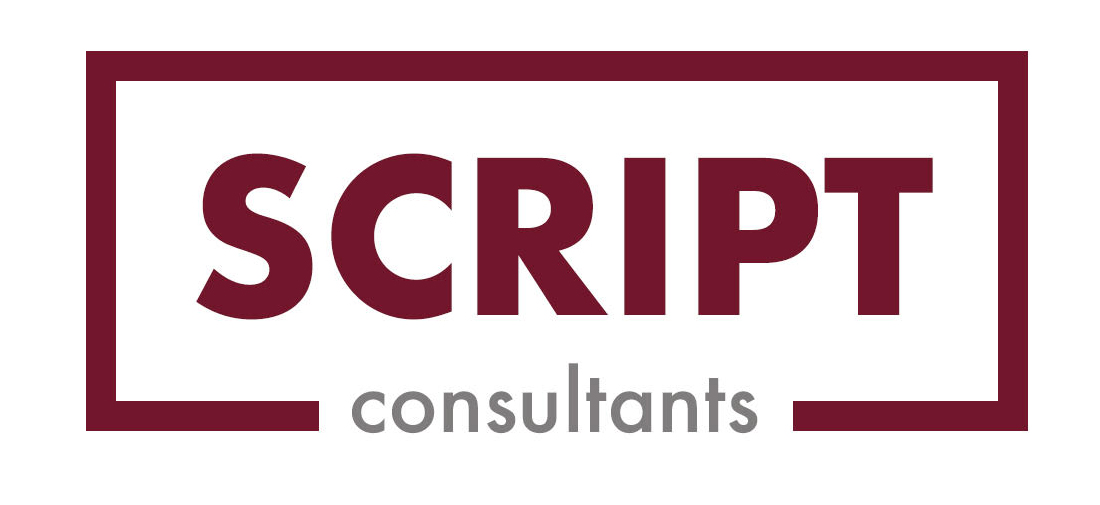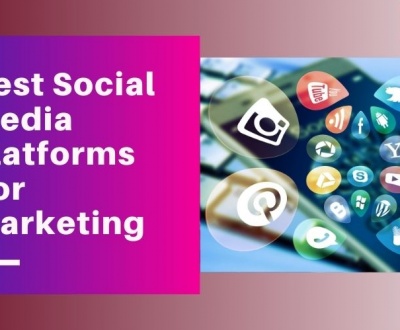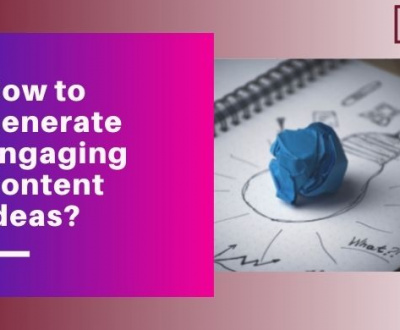As the primary way to understand human knowledge, reading has long been a crucial component of the learning process. Apart from facilitating an inquiry-based education, the ability to read also translates into a stimulating form of entertainment which promotes mental health at all ages. That said, literacy will continue to be an essential cornerstone of humanity’s progression; what has changed, however, is the way we consume literature.
With the advent of e-books and various technological devices, the consumption of literary content has increasingly shifted away from physical mediums. As put forth by communication philosopher, Marshall McLuhan, the idea that “the medium is the message” suggests an inseparable relationship between the form of a communication channel and how the information it contains is perceived. Accordingly, the transition away from print will spell changes to the way we learn and understand literary content.
So which of these two mediums provides a better, overall experience for readers? E-books that adopt a digital format, or their traditional paper-and-ink predecessors? We analyze their pros and cons in this blog entry.
Traditional Books: An Undying Love…
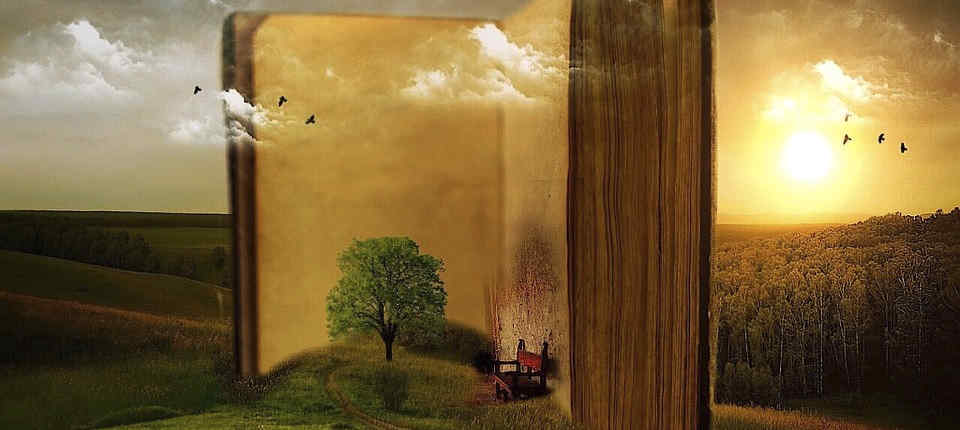
Print supporters often cite numerous reasons for their love of traditional books – be it the comforting smell of ink or the touch of paper against one’s fingertips, hardcopy texts are undeniably interactive as a physical medium and enriching as a source of understanding.
In the same vein, the collectable nature of paper books also lends them a sentimental charm that is absent from softcopy texts. Tangible copies of a text are more likely to carry emotional value for owners – whether it is an autograph from a favourite author or a heartfelt message by a loved one, the ability to pen personalized messages is noticeably absent from e-books.
Sentimentality aside, traditional books also possess a number of practical advantages over their electronic counterparts. For instance, printed texts do not need to be electrically powered or displayed via electronic devices in any way. Readers can enjoy content for extended periods of time and do so without the fear of being interrupted by low battery life.
Similarly, keeping track of one’s reading progress on hardcopy books is also an intuitive and user-friendly affair. All readers have to do is insert a bookmark or dog-ear a page to indicate where they last left off. This aspect provides convenience for users as there is no need to access complicated menus or search for the correct function on electronic reading devices.
Or Are E-Books The Future?
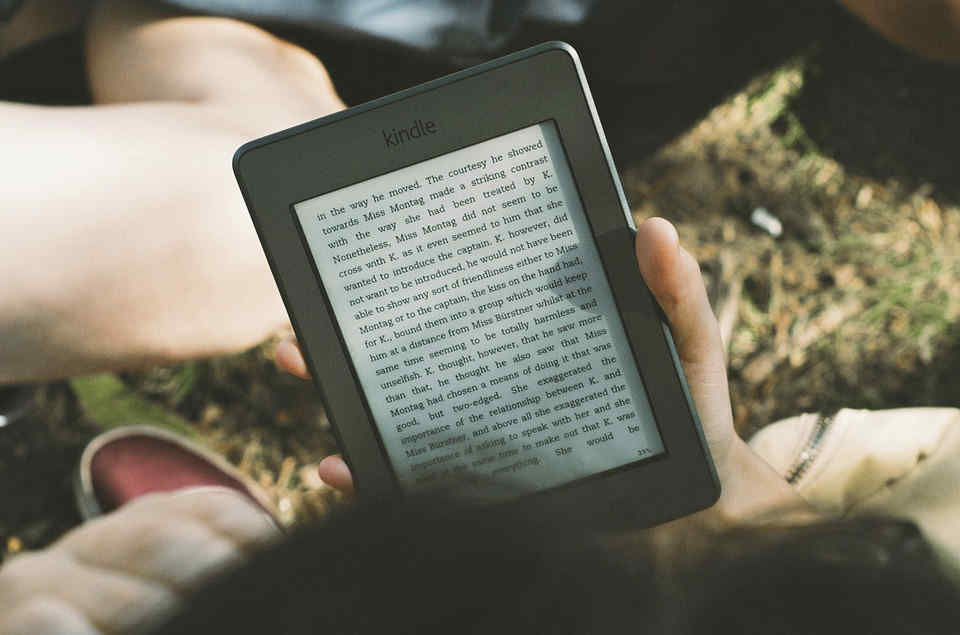
Just like physical publications, e-books also offer readers with a range of practical merits that can be directly attributed to their virtual form. In turn, these advantages are the direct result of technological advances – devices such as Kindles, IPads and smartphones herald a new generation of portable, multimedia gadgets which provide easy access to electronic content on-the-go.
Unlike hardcopy books, e-books are highly portable due to their electronic nature. A book-sized (or smaller) e-reader can store and provide access to over a hundred stories as compared to a single, hardcopy novel. Most of these smart devices also allow users to buy e-books from online stores, essentially saving readers the trouble of traveling to a bookshop to make a purchase and/or any shipping charges.
Opting for e-books can also prove to be the lesser of two evils for Nature lovers. As opposed to the production of hardcopy books which necessitates the chopping of trees to manufacture paper, e-readers do not contribute to the deforestation problem and can also be repeatedly used with moderate charging.
Nevertheless, e-books are not entirely without any downsides. Apart from device power restrictions, using e-readers can lead to an unsatisfying reading experience due to differences in how our brains process information displayed on electronic devices. Additional distractions are also present in the form of Internet access to other content, such as social media websites, videos or games which can result in less than focused reading.
Old or New? Which to Choose?
While you might still find it tough to choose between physical books and e-books, a viable solution to this conundrum would be to assess your own needs and preferences before making a decision. Are you a frequent globetrotter who prefers to travel light? Or are you someone who relishes in the act of page-flipping? Make a decision based on your answers to these personal considerations.
Another way out of this problem, would be to switch between both digital and physical books based on situational circumstances. For instance, an e-book reader might be unsuitable for a content-heavy textbook due to the tediousness of scrolling compared to turning pages. On the flip side, a back-light equipped e-book can be easily read in the darkness of a poorly-lit room, whereas the same cannot be said for printed books.
Ultimately, the key is to stay flexible. After all, there is no hard-and-fast rule which dictates the use of one medium over the other.
Written by: (www.script.com.sg) Edited & Illustrated by: Script Consultants Pte Ltd.
About us and this blog
We are a digital marketing company with a focus on helping our customers achieve great results across several key areas.
Request a free quote
We offer professional SEO services that help websites increase their organic search score drastically in order to compete for the highest rankings even when it comes to highly competitive keywords.
Subscribe to our newsletter!
More from our blog
See all postsLeave a Comment cancel
This site uses Akismet to reduce spam. Learn how your comment data is processed.
